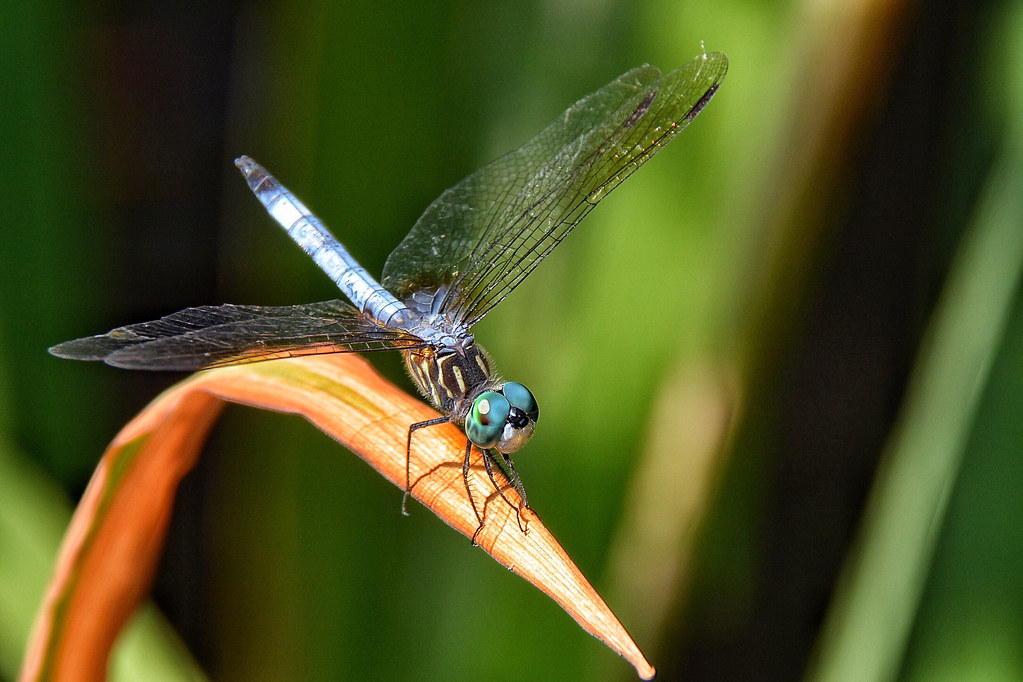Your garden is a battlefield, and you might not even know it. While you’re busy spraying chemicals and setting traps, nature’s most efficient pest control agents are already hard at work right under your nose. These tiny warriors don’t ask for payment, they don’t need instruction manuals, and they’re available 24/7 to keep your space free from unwanted invaders. The insect world operates on a simple principle: eat or be eaten, and some bugs have evolved to become the ultimate predators of the very pests that make your life miserable.
The Mighty Ladybug – Nature’s Aphid Destroyer
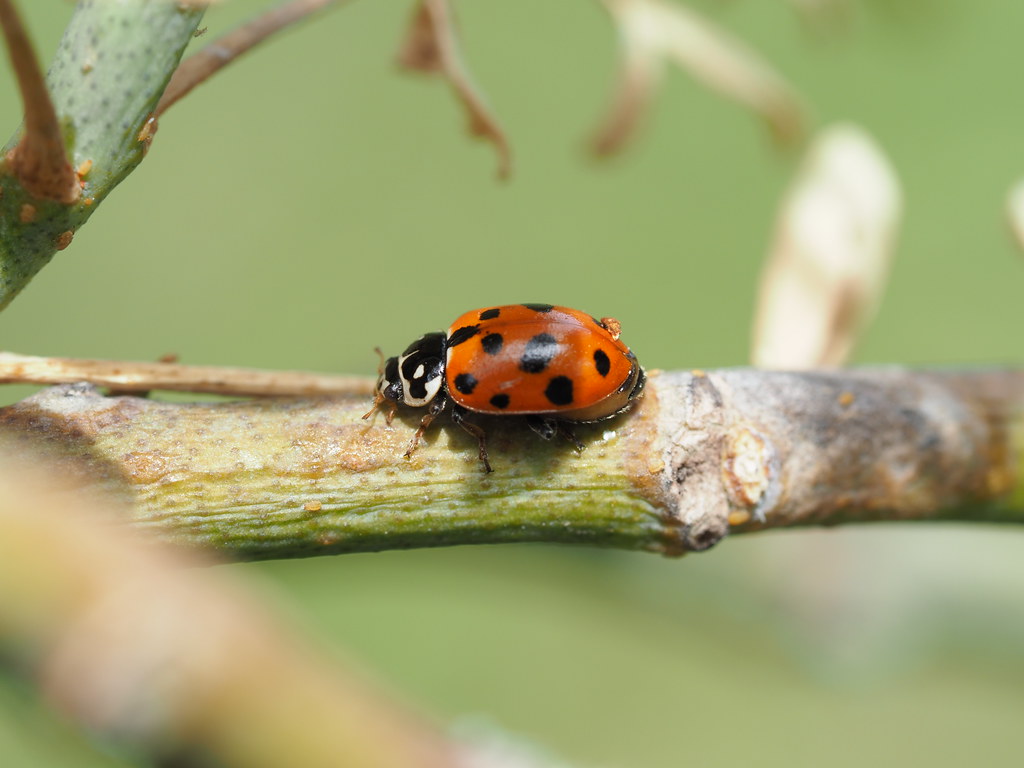
Ladybugs might look cute and innocent, but they’re actually voracious predators with an appetite that would make a shark jealous. A single ladybug can consume up to 5,000 aphids in its lifetime, making it one of the most effective natural pest control agents on the planet. These spotted warriors don’t just eat adult aphids either – they devour larvae, eggs, and even other soft-bodied insects that threaten your plants.
What makes ladybugs so effective is their methodical hunting approach. They systematically search every leaf, stem, and flower bud for their prey, leaving no stone unturned. Their larvae are equally impressive, resembling tiny alligators that patrol plants with the same determination as their adult counterparts. When ladybugs detect aphid colonies, they release pheromones to attract other ladybugs, creating a feeding frenzy that can clear an infestation in days.
Praying Mantis – The Silent Assassin
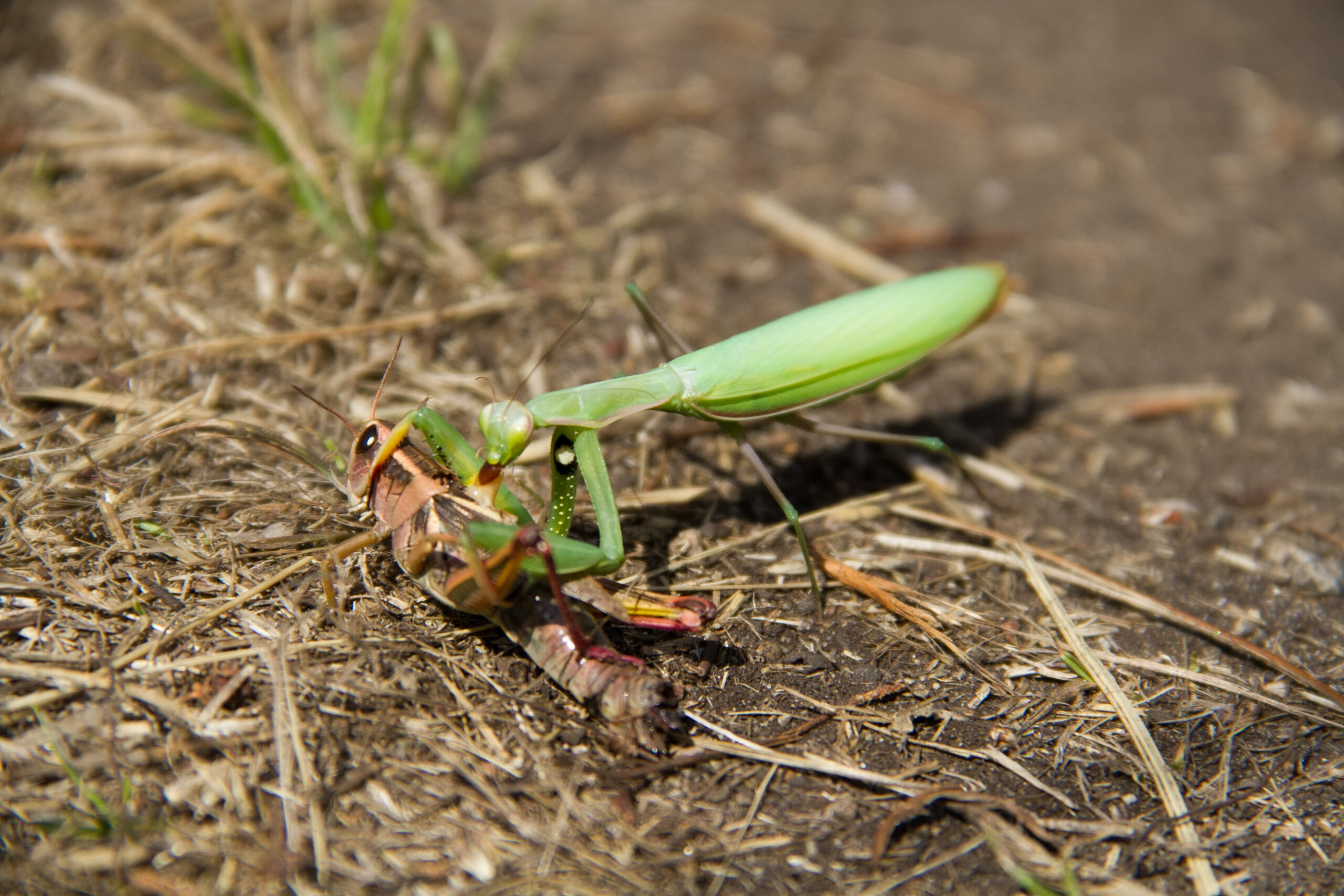
The praying mantis is nature’s perfect ambush predator, combining patience with lightning-fast reflexes that would make a ninja envious. These insects can remain motionless for hours, waiting for the perfect moment to strike with their powerful forelegs. Their triangular heads can rotate 180 degrees, giving them an almost supernatural ability to track prey without moving their bodies.
What sets praying mantises apart is their indiscriminate appetite for pest insects. They’ll happily devour flies, mosquitoes, moths, caterpillars, and even small beetles that other predators might avoid. Their compound eyes can detect the slightest movement from incredible distances, making escape nearly impossible for their prey. A single mantis can protect a surprisingly large area, with some species capable of taking down insects twice their size.
Green Lacewing – The Gentle Giant with a Fierce Appetite
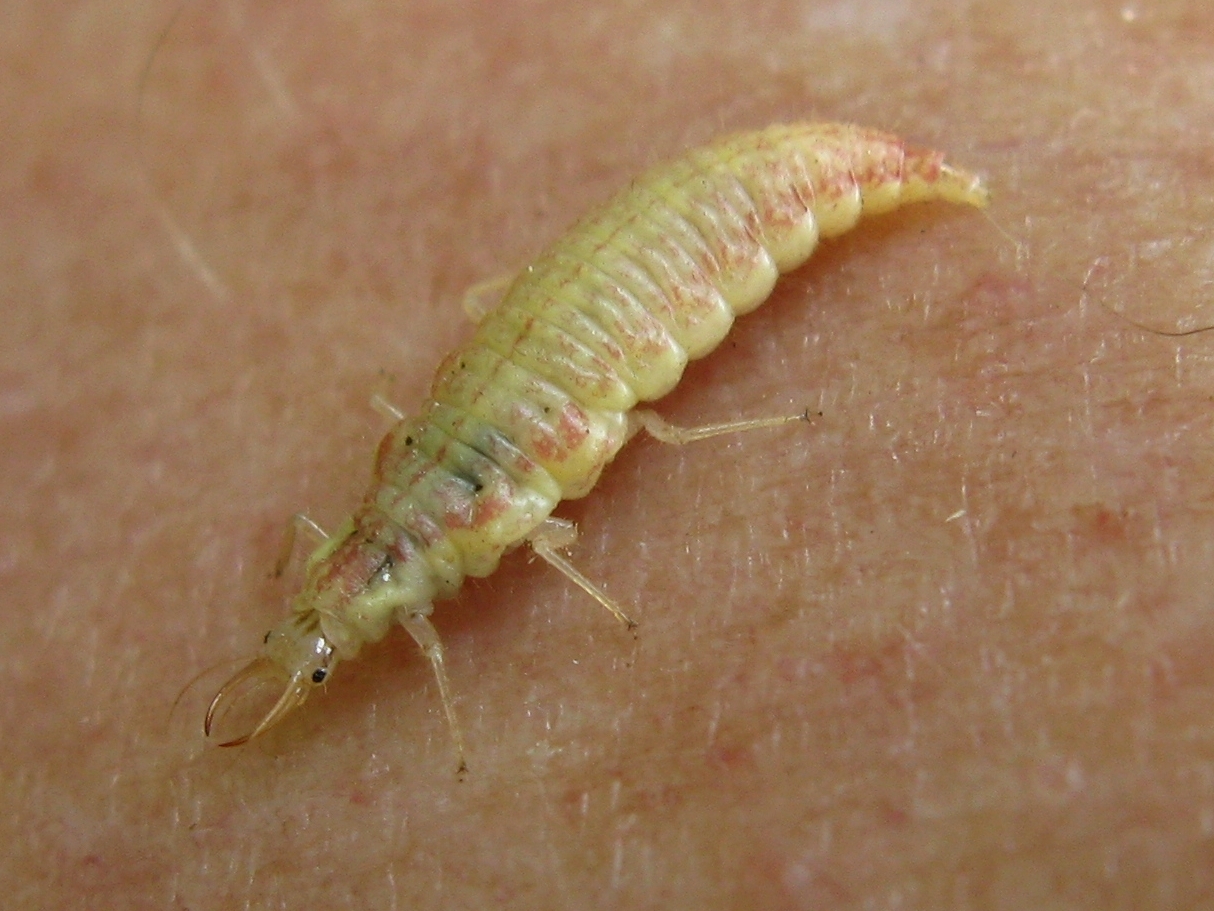
Green lacewings might look delicate with their gossamer wings and graceful flight, but their larvae are absolute terrors to soft-bodied pests. These larvae, often called “aphid lions,” live up to their name by consuming hundreds of aphids, thrips, and spider mites every single day. Adult lacewings primarily feed on nectar and pollen, but their offspring are pure predators.
The hunting strategy of lacewing larvae is particularly fascinating. They inject digestive enzymes into their prey and then suck out the liquefied contents, leaving behind empty shells as testament to their efficiency. Some species even disguise themselves by carrying the empty shells of their victims on their backs, creating a gruesome but effective camouflage. Their appetite is so legendary that commercial growers often release them specifically to control pest populations.
Ground Beetles – The Nocturnal Cleanup Crew
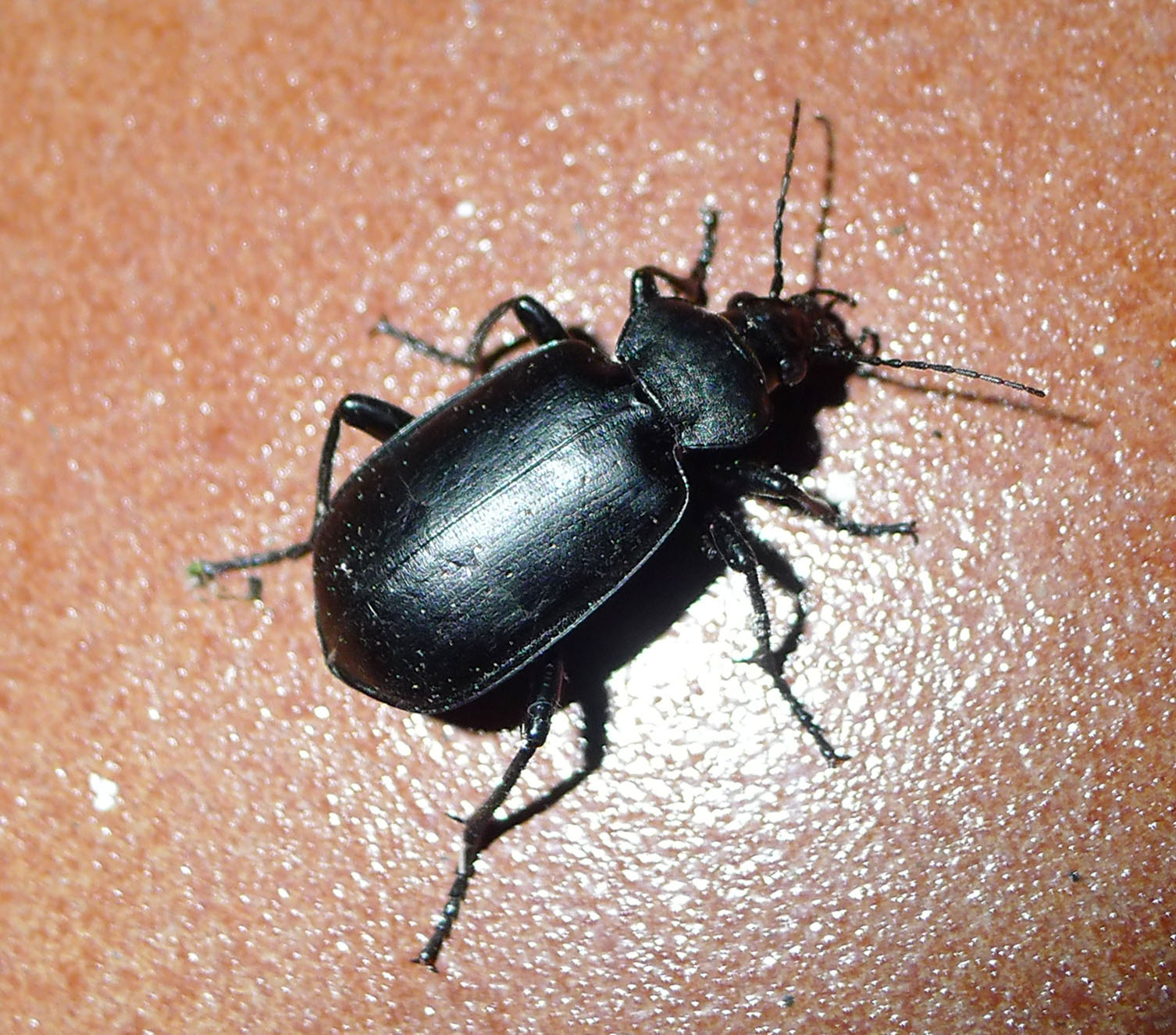
Ground beetles are the unsung heroes of pest control, working tirelessly through the night when most people are fast asleep. These shiny, dark-colored beetles patrol gardens and agricultural fields, consuming slugs, snails, cutworms, and other ground-dwelling pests that cause significant damage to crops and ornamental plants. Their powerful jaws can crush through tough exoskeletons that other predators can’t penetrate.
What makes ground beetles particularly valuable is their lifestyle and hunting patterns. They’re incredibly active hunters, covering vast territories in search of prey, and they can consume multiple times their body weight in pests every single night. Many species are flightless, which means they stay in your garden rather than wandering off to someone else’s property. Their larvae are equally beneficial, living in the soil and consuming root-feeding pests that are difficult to control through other means.
Assassin Bugs – The Ultimate Pest Eliminators
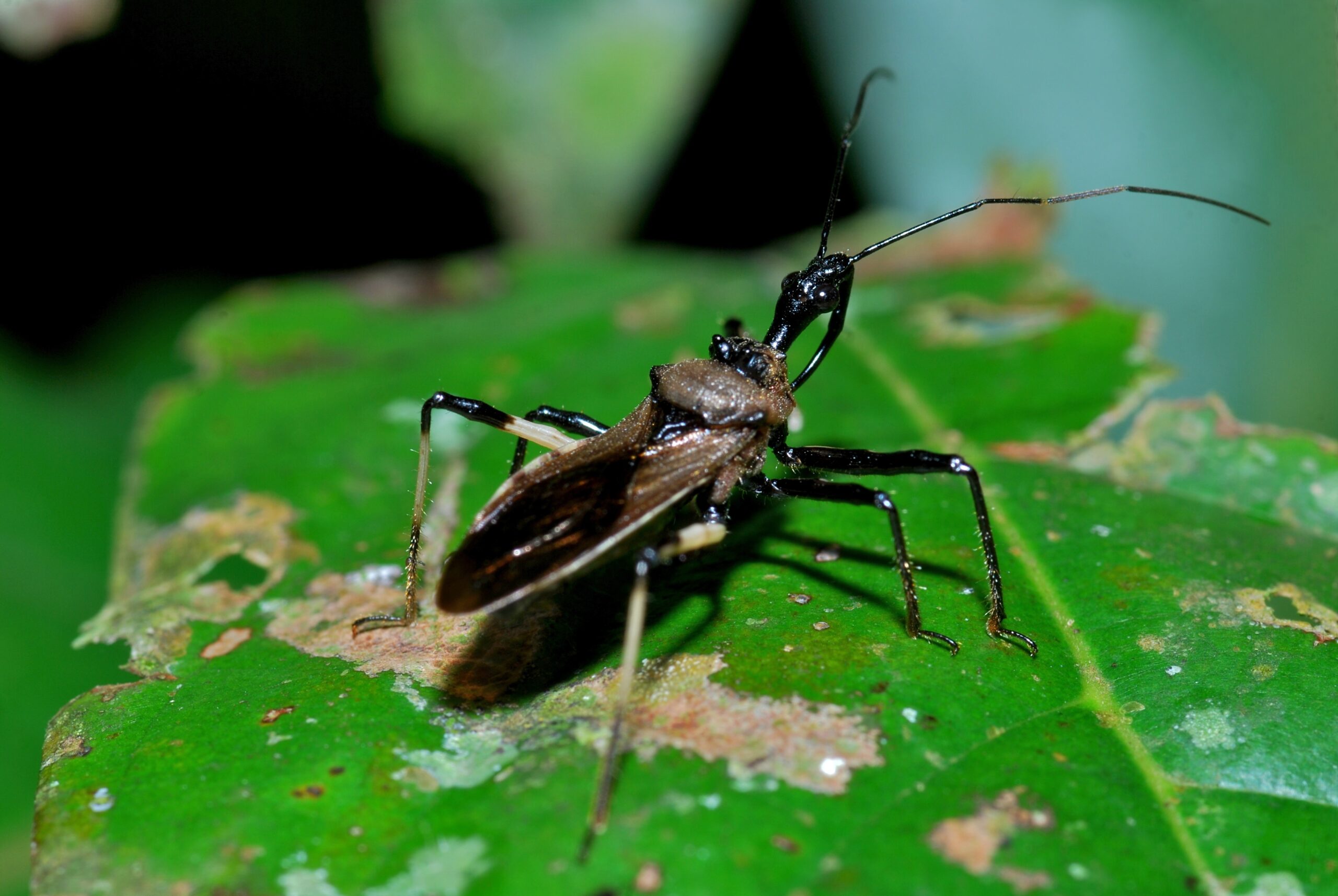
Assassin bugs are the special forces of the insect world, equipped with a curved beak that functions like a hypodermic needle filled with deadly toxins. These remarkable hunters can take down insects much larger than themselves, including caterpillars, beetles, and even other predatory bugs. Their hunting technique involves injecting paralyzing venom into their prey, then sucking out the body fluids through their proboscis.
The diversity of assassin bug species means they can control an incredibly wide range of pests. Some specialize in hunting specific types of insects, while others are generalists that will attack anything they can overpower. Their patience is legendary – they’ll wait motionless for hours until the perfect victim comes within striking distance. Many species are active during different times of day, providing round-the-clock pest control coverage.
Spiders – The Web-Weaving Pest Trappers
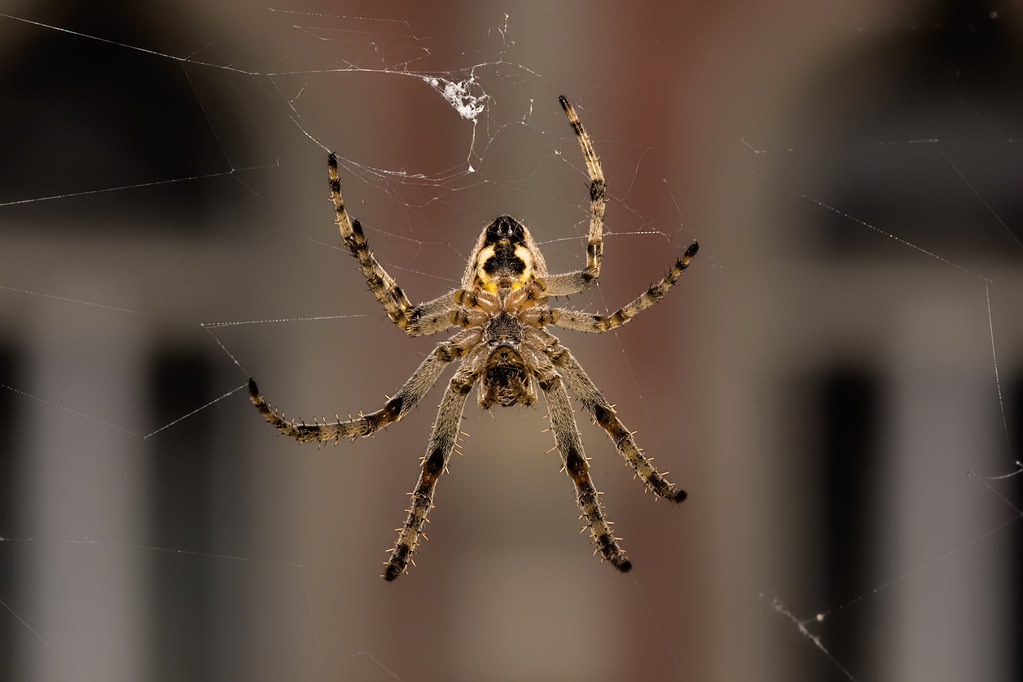
While technically arachnids rather than insects, spiders deserve recognition as some of the most effective pest controllers in the natural world. A single spider can consume thousands of insects per year, including many flying pests that other predators struggle to catch. Their diverse hunting strategies range from intricate web traps to active pursuit and ambush techniques.
Different spider species target different types of pests, creating a comprehensive pest control system. Web-building spiders excel at catching flying insects like flies, mosquitoes, and moths, while hunting spiders actively pursue crawling pests on the ground and in vegetation. Their presence alone can deter many pest insects from settling in an area. The silk they produce is stronger than steel by weight, making their webs nearly inescapable death traps for unwary insects.
Dragonflies – The Aerial Ace Interceptors
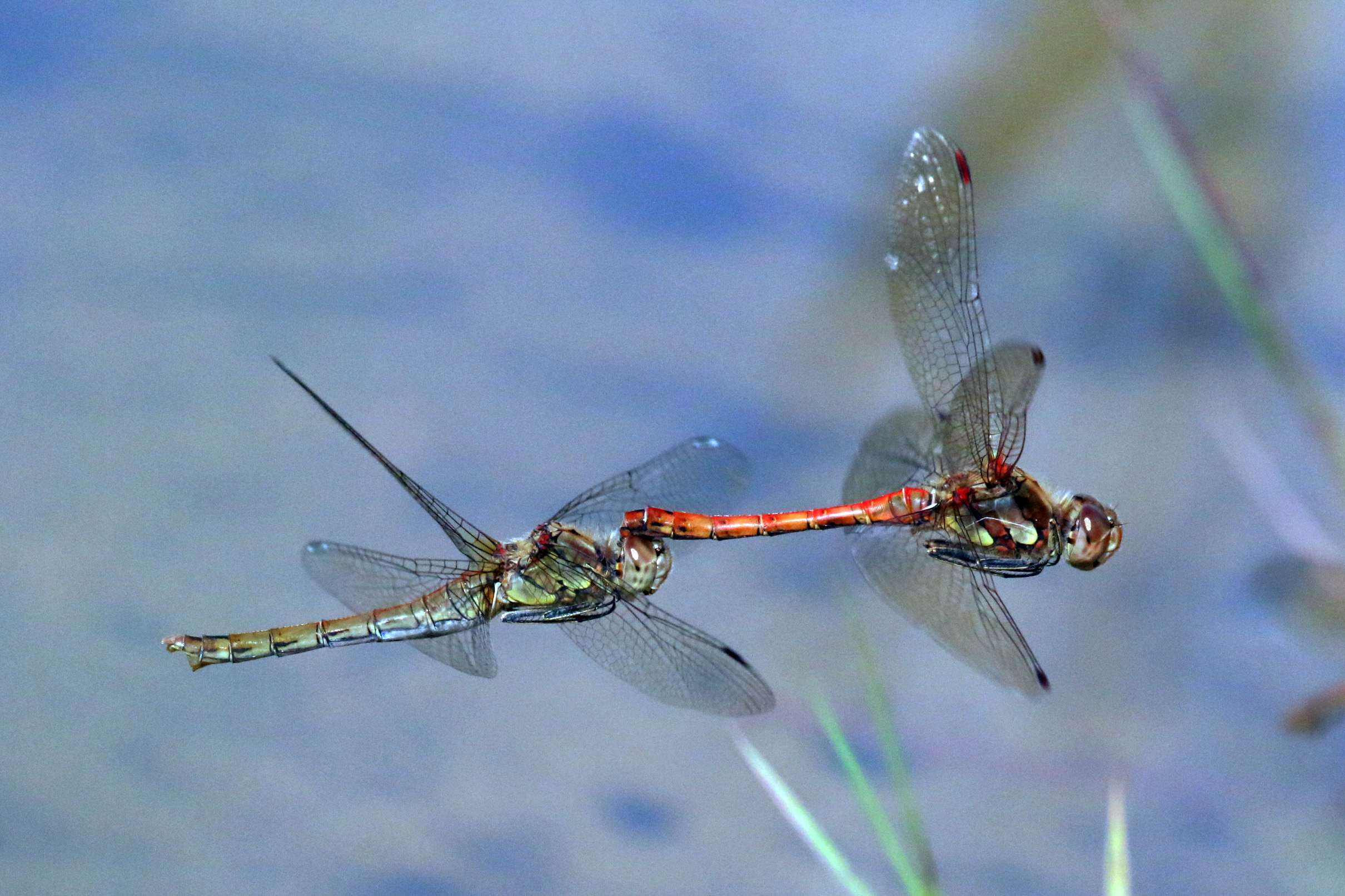
Dragonflies are the fighter jets of the insect world, capable of incredible aerial maneuvers that put modern aircraft to shame. These magnificent hunters can fly in six directions – up, down, forward, backward, and sideways – while maintaining precise control over their flight path. Their compound eyes contain up to 30,000 individual lenses, giving them nearly 360-degree vision that makes them nearly impossible to escape from.
What makes dragonflies particularly valuable is their preference for flying pests that are difficult to control through other means. They’re mosquito-eating machines, with some species capable of consuming hundreds of mosquitoes per day. Their larvae, called nymphs, are equally impressive aquatic predators that control mosquito larvae and other water-dwelling pests. The presence of dragonflies in an area often indicates a healthy ecosystem with good natural pest control.
Hover Flies – The Pollinator-Predators

Hover flies are master mimics that look like small bees or wasps but are actually beneficial flies with a dual purpose. Adult hover flies are important pollinators, visiting flowers to feed on nectar and pollen, while their larvae are voracious predators of aphids and other soft-bodied pests. This makes them doubly valuable in gardens and agricultural settings.
The larvae of hover flies are particularly effective at controlling aphid populations because they live directly within aphid colonies. A single hover fly larva can consume hundreds of aphids during its development, and they’re so efficient that they often completely eliminate entire colonies. Their ability to squeeze into tight spaces between leaves and stems allows them to reach aphids that other predators might miss. Many gardeners don’t realize these beneficial insects are working in their gardens because the larvae are small and inconspicuous.
Parasitic Wasps – The Stealth Specialists
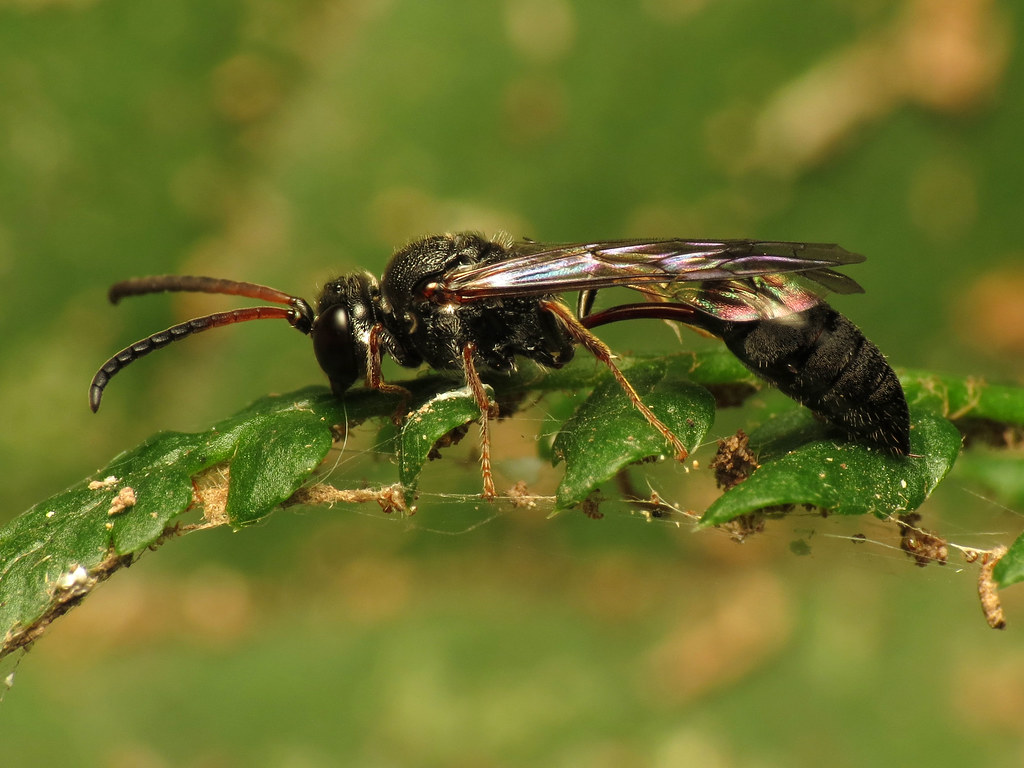
Parasitic wasps are perhaps the most sophisticated biological control agents in nature, employing strategies that seem almost science fiction. These tiny wasps lay their eggs inside or on pest insects, and the developing wasp larvae slowly consume their host from the inside out. The host insect continues to live and feed normally while unknowingly carrying its own destruction.
Different species of parasitic wasps target specific pests, making them incredibly precise biological control agents. Some specialize in caterpillars, others in aphids, and still others in beetle grubs or fly larvae. Their ability to locate their target pests is remarkable – they can detect chemical signals released by damaged plants or even the pheromones of their intended hosts. This targeting precision means they don’t harm beneficial insects while eliminating pests with surgical accuracy.
Robber Flies – The Aerial Pirates
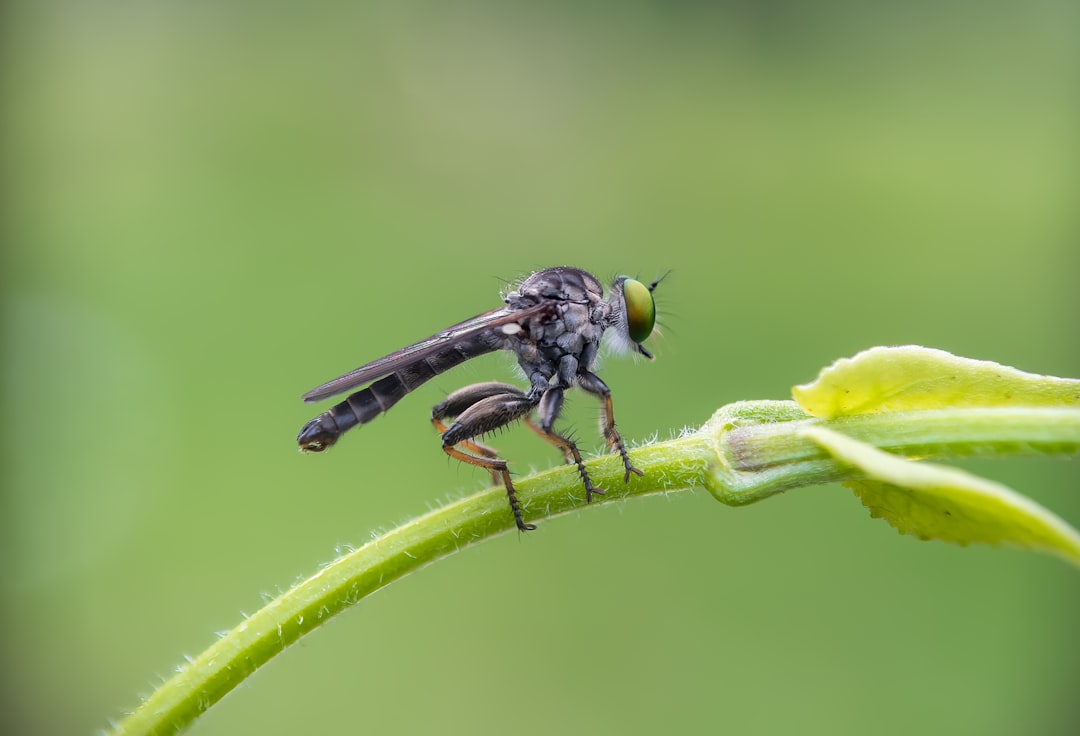
Robber flies are the pirates of the insect world, using speed and surprise to capture their prey in mid-flight. These impressive hunters have exceptional vision and can track fast-moving insects with remarkable precision. Their legs are perfectly adapted for grabbing prey out of the air, and their proboscis can pierce through tough exoskeletons to deliver paralyzing toxins.
What makes robber flies particularly valuable is their taste for larger, harder-to-control pests. They regularly take down wasps, beetles, and even other flies that smaller predators can’t handle. Their hunting technique involves perching on prominent objects and launching high-speed intercepts when prey flies by. Some species are so aggressive they’ll attack insects nearly as large as themselves, making them fearsome defenders of garden spaces.
Minute Pirate Bugs – Small Size, Big Impact
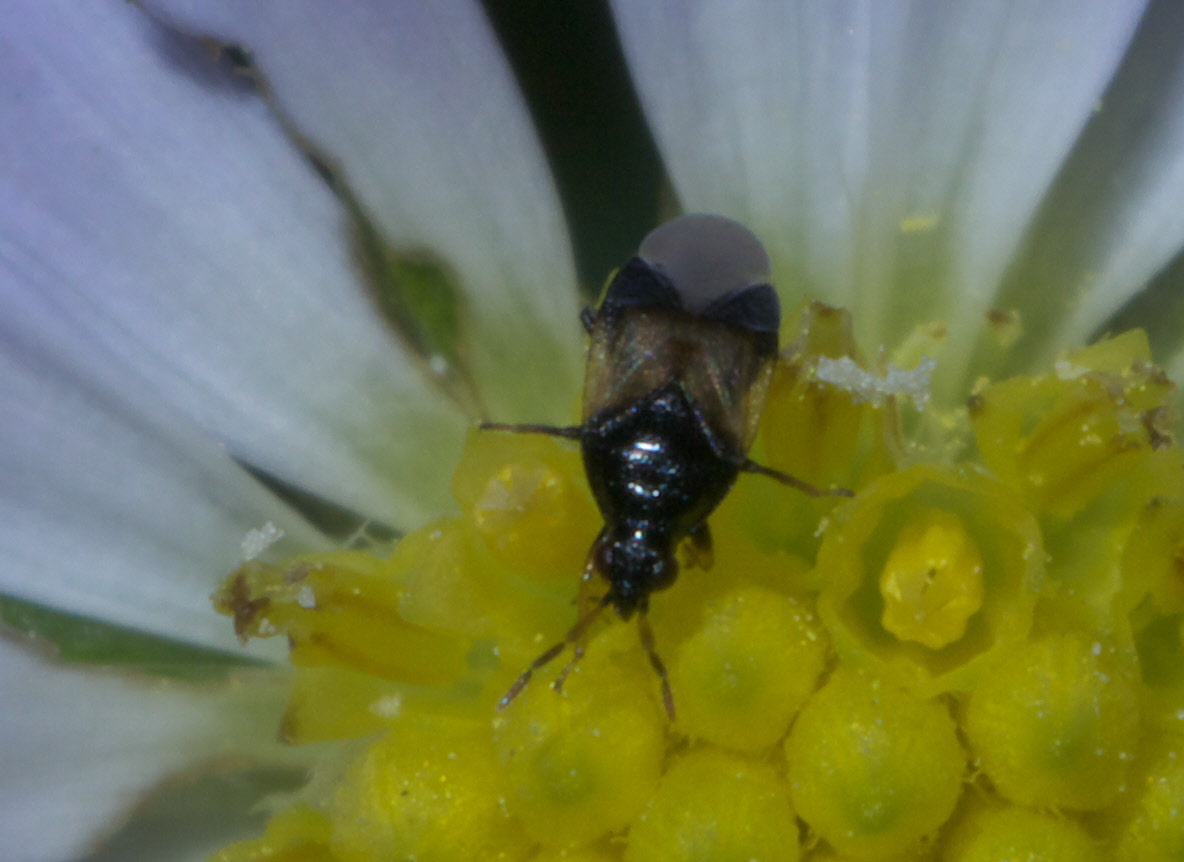
Don’t let their tiny size fool you – minute pirate bugs are ferocious predators that pack a powerful punch in a small package. These bugs are so small they can easily walk through the eye of a needle, but their appetite for thrips, spider mites, and aphids is enormous. A single minute pirate bug can consume dozens of prey items per day, making them incredibly efficient biological control agents.
Their small size is actually an advantage because it allows them to access areas that larger predators can’t reach. They can crawl inside flower buds, between leaf surfaces, and into other tight spaces where pests like to hide. Their needle-like mouthparts are perfect for piercing small, soft-bodied insects. Despite their effectiveness, many people never notice these tiny warriors because they’re so small and inconspicuous.
Tachinid Flies – The Parasitic Powerhouses

Tachinid flies might look like ordinary houseflies, but they’re actually specialized parasites that target many of the most destructive pest insects. These flies lay their eggs on or near caterpillars, beetles, and other pest insects, and the developing fly larvae consume their hosts from within. Their reproductive strategy is remarkably effective at controlling pest populations.
What sets tachinid flies apart is their incredible diversity and specialization. There are thousands of species, each adapted to target specific types of pests. Some species can detect the vibrations made by their host insects, while others are attracted to the chemical signals released by damaged plants. Their ability to find and parasitize pest insects, even when those pests are hidden or camouflaged, makes them invaluable natural control agents.
Big-Eyed Bugs – The Vigilant Guardians
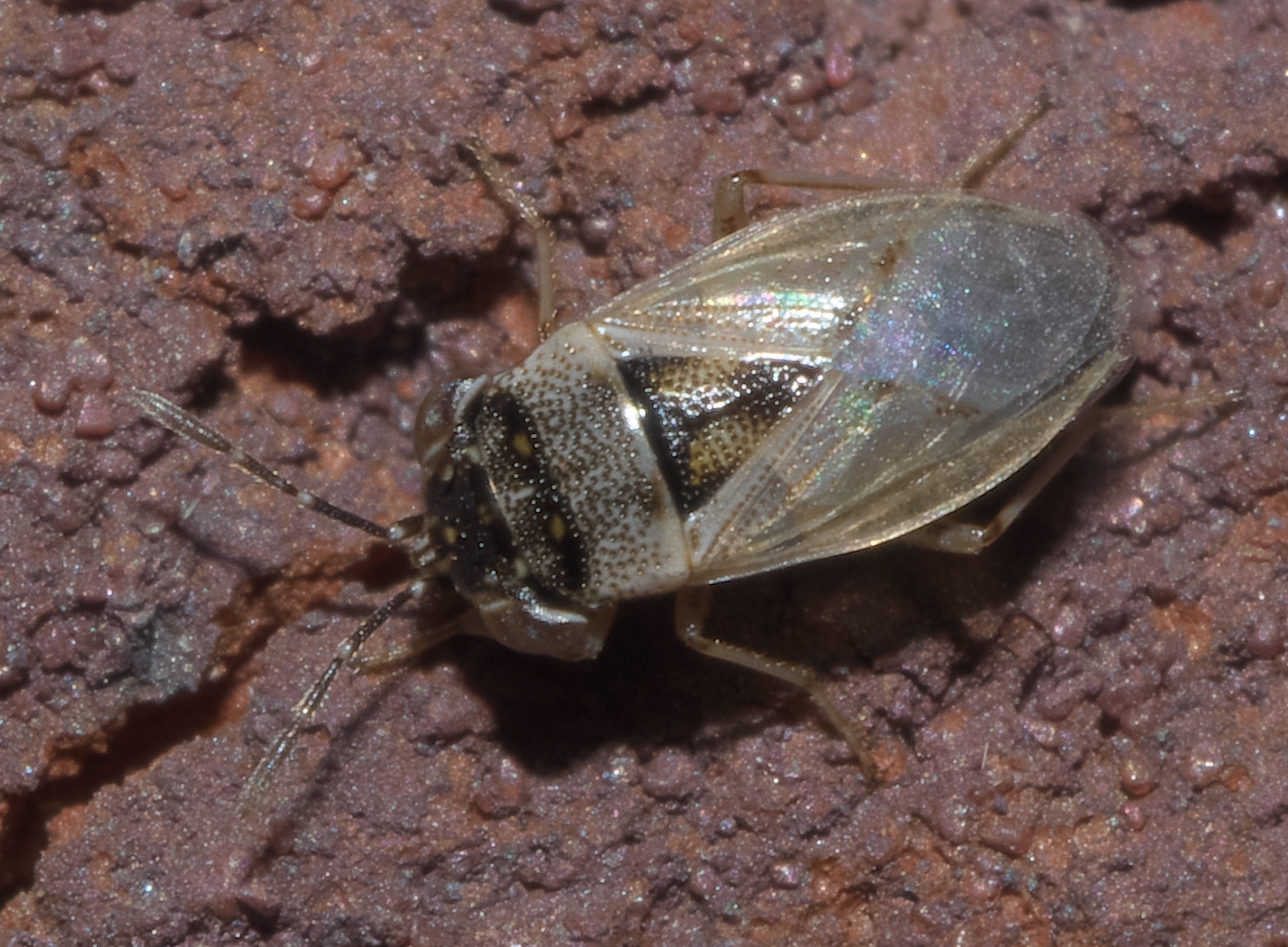
Big-eyed bugs are aptly named predators with enormous compound eyes that give them exceptional vision for hunting small pests. These beneficial insects are particularly effective at controlling aphids, spider mites, and small caterpillars that can cause significant damage to plants. Their large eyes allow them to spot prey from considerable distances and track fast-moving targets with remarkable accuracy.
These bugs are incredibly versatile hunters that can adapt their hunting strategies based on the type of prey they encounter. They’ll actively search for prey during the day and can also wait in ambush for insects to come within striking range. Their populations tend to increase naturally when pest populations are high, providing a self-regulating biological control system. Many farmers and gardeners consider big-eyed bugs to be among the most reliable natural pest control agents.
Conclusion
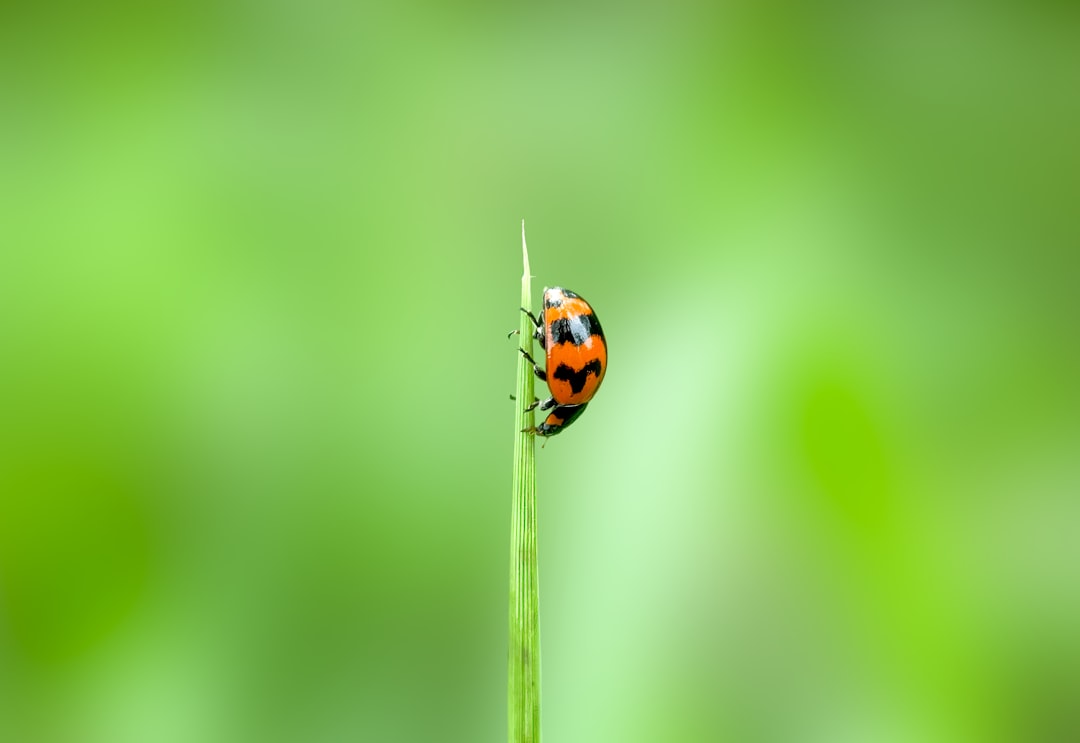
The next time you’re tempted to reach for a spray bottle or chemical treatment, remember that nature has already provided you with an army of dedicated pest control specialists. These beneficial insects work around the clock, require no payment, and often do a better job than synthetic alternatives. By learning to recognize and protect these natural allies, you’re not just avoiding chemicals – you’re partnering with millions of years of evolutionary perfection.
The key to harnessing this natural pest control network is understanding that diversity creates stability. The more different types of beneficial insects you can attract and maintain, the more comprehensive your pest control will be. Each species fills a specific niche, targeting different pests at different times and in different ways. What seemed like a simple garden problem suddenly becomes a complex ecosystem where every player has a role.

